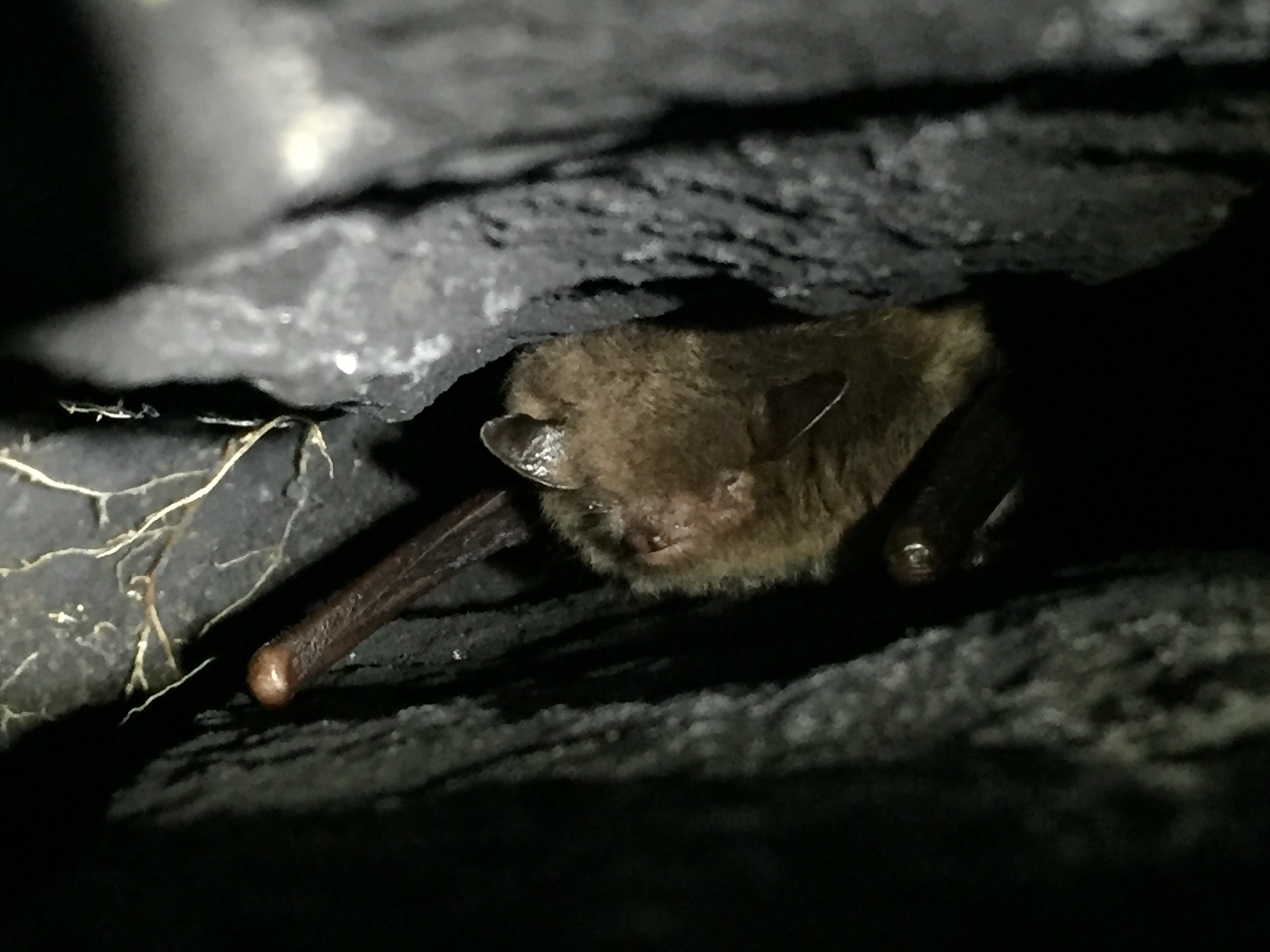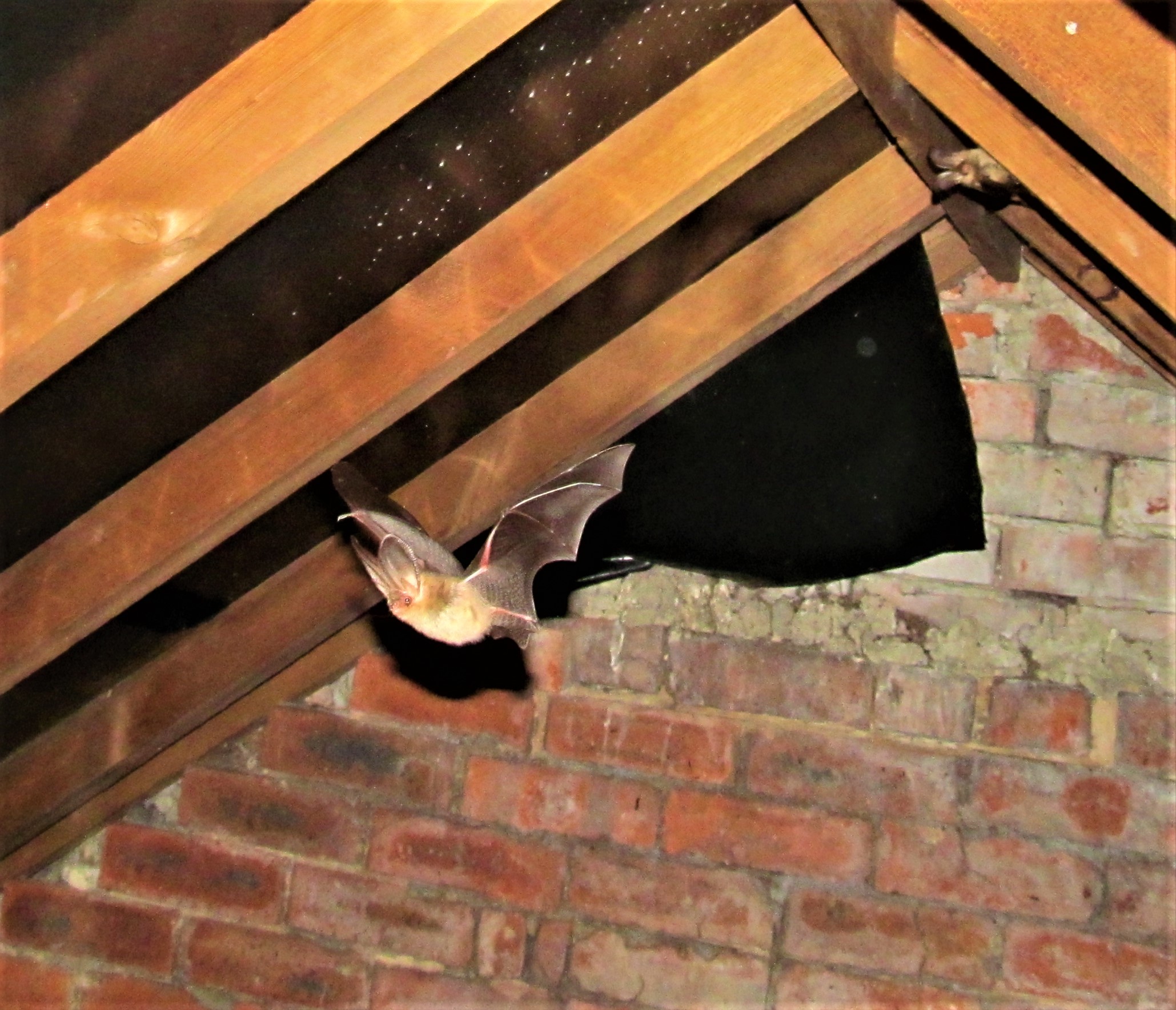You only really hear about bats in the mainstream media for a few reasons. The reasons are usually bad and 99% of the time the media paints the bats in a negative light. Their distinctive shape is used in films to instil fear into people, or people are told of the huge costs of mitigation for the species, although never given the context of what other costs there were on the project. Even with the Covid-19 outbreak the blame was directed at bats, even though there was no proof that bats were actually the cause of the outbreak.
What the media never tells people, is how amazing and diverse bats are and how much we rely on bat species around the world to pollinate crops, control insects and as an indicator of the overall health of our landscapes. It is rarely publicised that bats are key to the pollination of crops that we use on a daily basis including bananas, mangos, guava and agave (without bats there basically wouldn’t be tequila) and that research has shown that insect eating bats save farmers around the world billions by controlling populations of crop eating insects. Studies estimate that bats are worth around 3.7 billion dollars to North American agriculture alone.

Around the world there are over 1400 species of bat and they are the only truly flying mammal. The species range from the tiny bumblebee bat (Craseonycteris thonglongyai) that averages around 30mm in length, to the giant golden-crowned flying fox (Acerodon jubatus) that has a wingspan of around 1.5m. Bats have evolved to specialise in a wide range of foods from insects to fruit, frogs to scorpions. As pollinators there are over 500 species of plant around the world that rely on bats for pollination.
In the UK we have 18 species of bat, 17 of which are known to breed here. All of our bats are insect eating bats, although don’t let that fool you, that doesn’t mean that all of our bats are the same, we still have a very diverse range of species that specialise in different habitats and prey.
Most people only hear about bats in relation to development and just see them as something that causes delays and incurs additional costs. This shouldn’t be the case, if planned properly in the design process bat surveys can be carried out with no significant delay. Yes, there will be a cost involved in accommodating the bats, but that cost shouldn’t be astronomical if mitigation is carefully, cleverly and proportionately designed.
What we need to remember is that the way bats use buildings hasn’t changed, previously they would happily reside in areas of the buildings that we didn’t use. Buildings had loft spaces that were designed to house water tanks and had little other use, walls had cavities that didn’t need to be filled with insulation and roofing felt was thick and protective with non-uniform roof tiles above. However, with combi boilers we don’t need water tanks and therefore we want to use that additional space, we want to super insulate our homes to keep in heat and reduce bills and we want to use lighter, woven materials to line roofs for ventilation with modern, tight fitting tiles above.

Do we really want to lose such amazing animals that do so much for our environment, although most of it unseen to the general public, because we can’t be bothered to design buildings nowadays to accommodate bats. If designed properly the people living in the buildings would never even need to know that the bats were there, unless they wanted to.
And as per usual I try not to preach to people about things I wouldn’t do myself. We have at least three species of bats in our home(and two in our garage!) and we wouldn’t change them for anything. We see little or no sign of the bats, apart from maybe a stray dropping or two on the bins under the roost, but we can sit out in the evening watching the bats emerging from our house and circling our garden picking off the insects.
